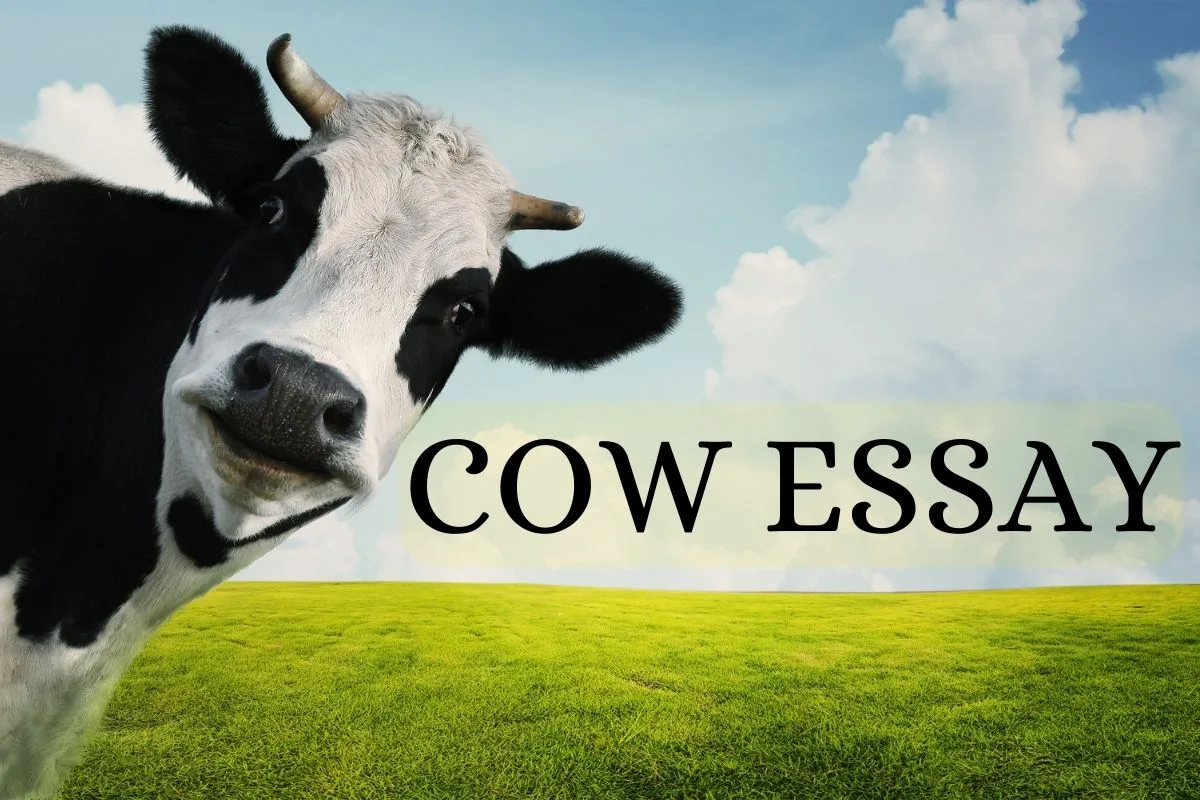The Cow: A Source of Blessings and Utility
The cow is a creature that holds a special place in human society, particularly in agricultural communities. It is a domesticated animal, revered in many cultures for its numerous contributions to human life. From providing milk to serving as a symbol of divinity, the cow’s significance transcends mere utility.
Dairy Production
One of the primary roles of the cow is as a source of dairy products. Milk, an essential part of the human diet, is obtained from cows. It is rich in nutrients like calcium, protein, and vitamins, making it vital for the growth and development of children and adults alike. In addition to milk, cows also provide us with other dairy products such as butter, cheese, and yogurt, which are enjoyed by people all over the world.
Agricultural Contribution
Beyond dairy, cows are also valued for their role in agriculture. They are used as draft animals for plowing fields and transporting goods, particularly in rural areas where mechanized farming may be less prevalent. Their dung serves as a natural fertilizer, enriching the soil and improving crop yields. In this way, cows play a crucial role in sustainable farming practices and food production.
Symbolism and Reverence
In many cultures, the cow is also revered as a symbol of divinity and motherhood. In Hinduism, for example, the cow is considered sacred and is worshipped as a maternal figure. It is associated with various deities and is often depicted as a gentle and nurturing presence. The reverence for the cow extends beyond religious beliefs and influences cultural practices such as vegetarianism and the prohibition of cow slaughter in certain regions.
Economic Importance
Moreover, the cow is valued for its economic importance in many parts of the world. Cattle farming provides livelihoods for millions of people, from small-scale farmers to large commercial operations. The sale of cattle and their products contributes significantly to rural economies and provides income opportunities for farmers and traders alike.
Challenges and Concerns
Despite its many blessings, the cow also faces challenges in the modern world. Issues such as overgrazing, deforestation for cattle ranching, and environmental degradation pose threats to the well-being of cows and their habitats. Moreover, concerns about animal welfare and ethical treatment have led to debates about the practices of intensive farming and the treatment of cattle in the meat and dairy industries.
Conclusion
In conclusion, the cow occupies a unique position in human society, serving as both a source of blessings and utility. From providing nourishment and sustenance to symbolizing divinity and motherhood, the cow’s significance extends across cultural, religious, and economic spheres. As we navigate the challenges of the modern world, it is essential to recognize and appreciate the importance of the cow and to strive for practices that ensure its well-being and sustainable use for generations to come.
10 Lines on Cow
- Cows are domesticated mammals known for their gentle disposition and usefulness to humans.
- They belong to the genus Bos, with various breeds adapted to different climates and purposes.
- Cattle have been domesticated for thousands of years, primarily for their milk, and hides.
- They are herbivores, primarily grazing on grass and other vegetation.
- The digestive system of cows allows them to efficiently extract nutrients from plant material.
- Cows have a complex social structure within their herds, often led by a dominant female.
- Their milk is a valuable source of nutrition for humans, rich in proteins, fats, and essential nutrients.
- In many cultures, cows hold religious significance and are revered symbols of fertility and abundance.
- Cattle farming plays a significant role in the economies of many countries, providing livelihoods and sustenance for millions of people.
- Despite their large size and seemingly docile nature, cows can exhibit protective behavior, especially towards their calves.
What are the different types of cows?
There are numerous breeds of cows, each adapted to various climates and purposes. Some popular breeds include Holstein, Angus, Hereford, and Jersey.
What do cows eat?
Cows are herbivores and primarily graze on grass and other vegetation. They have a complex digestive system that allows them to efficiently extract nutrients from plant material.
How long do cows live?
The lifespan of a cow varies depending on factors such as breed, health care, and living conditions. On average, cows can live anywhere from 15 to 25 years.
How much milk can a cow produce?
Milk production varies among individual cows and breeds. Dairy cows, specifically bred for milk production, can yield thousands of liters of milk per year, while beef cows produce significantly less.

